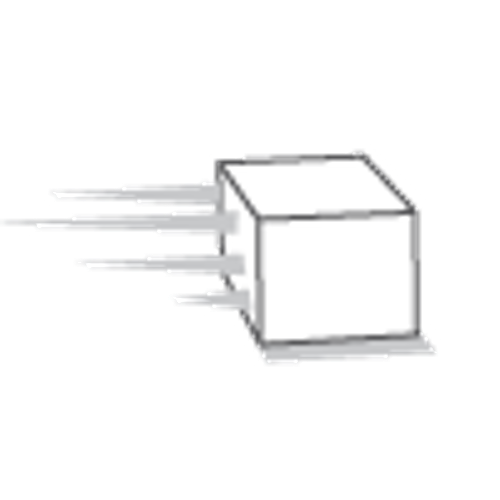- Ultrasonic sensors
- Advantages
Advantages of ultrasonic sensors
Ultrasonic sensors detect all sound-reflecting objects and measure the time between sending and receiving a reflected sound signal The target’s colour, transparency and surface are irrelevant.
Advantages over other measuring principles
| Object / Application | Ultrasonic sensor | ToF distance sensor | Photoelectric sensor |
|
|---|---|---|---|---|
| Shiny objects | ||||
| Irregular objects | ||||
| Objects with holes | ||||
| Transparent objects | ||||
| Transparent liquids |
||||
| Transparent film |
||||
| Large area One signal |
||||
| Different colour targets | ||||
| Level irregular objects (seeds, potatoes) |
||||
| Long range (>1m) | ||||
| Dynamic application |  |
|||
| Angle to target | ||||
| Small targets |
Transparent objects are reliably detected
Blister packs, PET bottles or transparent plastic bowls in the food industry can be reliably detected using ultrasonic sensors.
Ideal for difficult surfaces
As opposed to photoelectric sensors, the target’s colour, transparency and surface reflectivity do not affect sensing. The wide beam allows reliable detection, even of mesh objects.
Reduces deposits
The vibration of the sound transducer reduces the deposit of dust. The sensors operate reliably even with light soiling and can be used in applications where photoelectric sensors reach their limits.
Outstanding performance
In all kinds of applications, ranging from batch height monitoring of cardboard boxes to “empty” detection of shiny plastic labels, ultrasonic sensors provide reliable and continuous signals. For example, the M18 type sensor offers a particularly small blind zone and long sensing ranges which are usually only achieved by sensors of a considerably larger design.
Added value by using IO-Link versions
Opting for an IO-Link version of ifm’s ultrasonic sensors offers the following benefits:
- Virtual teach button for easy and efficient switch point setting
- Convenient plug&play replacement
- Parameters can be stored on the IO-Link master
- Detailed documentation of the set parameters is not necessary
- Output of distance values in millimetres
- Sound beam can be adjusted to the application
- Adjustable switch-on and switch-off delay for a reliable measurement signal
- Key lock provides protection against tampering

